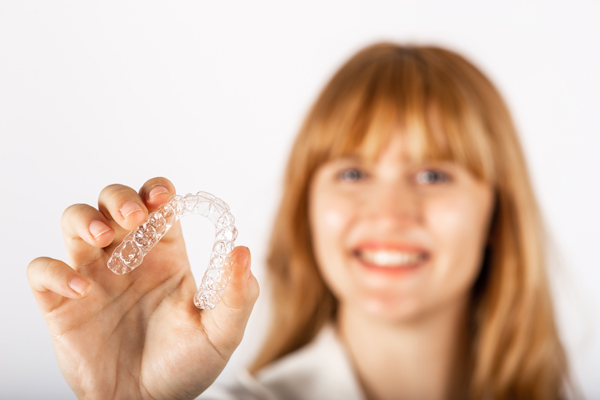 An orthodontist can help to tackle any orthodontic issues your child develops as their teeth erupt. The American Association of Orthodontists advises parents to take their children for their first bite evaluation by the time they reach seven. At this stage, their teeth and jaw should be developed enough to spot orthodontic issues.
An orthodontist can help to tackle any orthodontic issues your child develops as their teeth erupt. The American Association of Orthodontists advises parents to take their children for their first bite evaluation by the time they reach seven. At this stage, their teeth and jaw should be developed enough to spot orthodontic issues.
Detecting and treating orthodontic issues early on often leads to shorter treatment times and lower risks of complications. A child’s facial structures and jaw are still developing at that point, making it easier to influence their development with orthodontic appliances like expanders.
What an orthodontist looks for during bite evaluations
An orthodontist has specialized training that allows them to detect orthodontic issues in their early stages of development. Catching such issues early on helps to prevent them from evolving into more severe problems.
Detecting an orthodontic problem in its early stages does not mean the child needs to start getting treatment right away. Issues like the child’s jaw not being wide enough for all their teeth might be addressed immediately, while other problems like poor teeth alignment might be put on hold until they reach their teenage years.
Early detection of orthodontic issues can spare a child from the vicious bullying children with severe orthodontic issues often face and the emotional problems caused by it. Early orthodontic treatment ensures a child has a smile they can be proud of when they are old enough for that to matter.
Other benefits of taking your child for early orthodontic evaluation include:
- It improves the way the child’s lips meet
- It guides permanent teeth to erupt properly
- It lowers the risk of any of the child’s teeth being damaged due to a bad bite
- It guides the growth of the child’s jaw
- It helps to address speech difficulties caused by a bad bite
What to expect
An orthodontist will examine the child’s teeth during a bite evaluation, looking for issues like open bites, crossbites, crowding, deep bites, and overbites. Diagnostic tools like x-rays might be used to paint a clearer picture of the child’s teeth.
Some of the treatment options a dentist might recommend to tackle a child’s orthodontic issues include:
- Headgear: Headgear might be recommended for severe underbites or overbites. The device gently pulls on the jaw, stimulating growth in the direction of the pull. It is used to address orthodontic problems caused by poor teeth positioning
- Palatal expander: Expanders are used to widen a patient’s upper jaw by applying gentle pressure to their molars
- Braces: Braces are often recommended for children with bite issues. They are one of the most effective orthodontic devices, and they work by slowly pushing the wearer’s teeth or jaw into a better position. Braces come with two main components: brackets and wires. The brackets are cemented to the patient’s teeth, while the wires connect the brackets
Set your child on the right track
Call or visit our Irving clinic to set up an orthodontic evaluation for your child. Our orthodontist will guide you through the process.
Request an appointment or call Valley Ranch Orthodontics at 972-200-1016 for an appointment in our Irving office.
Related Posts
An orthodontist specializes in malocclusions, or dental misalignments, that affect the jawbone, teeth, or facial symmetry. If a dentist recommended you or your child for this dental specialist, you may wonder what to expect at the first appointment. While it is a relatively simple process, there are some differences in how the orthodontist and their…
Early interceptive therapy, also known as phase 1 orthodontics, is performed by a kids orthodontics and deals with the application of growth appliances, expanders, or partial braces, pending the complete eruption of the patient’s adult teeth. Phase one treatment is usually recommended for children when they are between 7 and 11 years old. The treatment…
Children who suffer from misaligned teeth and visit an orthodontist to help correct the problem may be fitted with dental headgear. There can be several reasons why this may be recommended, such as for the correction of protruding front teeth or irregular jaw growth. Parents who are told a child will require headgear may wonder…


